Head lights are used day and night (except for no. 12.3
in 1975).
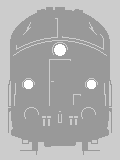
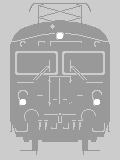
The train is a scheduled or non-scheduled train. This signal is used by all trains that are not traveling on the wrong main track.
1975-1992, less than 3 white lights were permitted in certain cases, e.g. when a train was not equipped with 3 headlights:
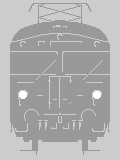
Since 1992, 3 white lights are always required, except for
- when a headlight is defunct, or
- when a headlight is reserved for use by no. 12.1.4
(e.g. when a train is travelling the wrong main track on a certain line
section only).
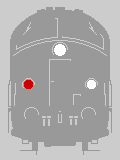
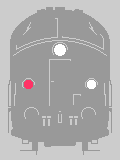
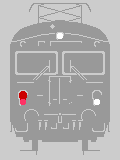
The train is travelling on the Wrong Main Track.
1 white and 1 red light is permitted for trains not having 3 operating
headlights.
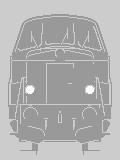
The signal is used by all engines doing shunting operations. The signal
is carried at both ends.
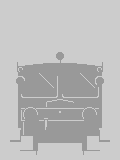
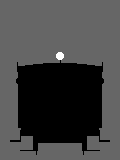
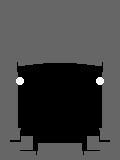
1 or 2 head lights would be used as necessary.
The corresponding tail signal was equivalent to no. 12.4.2, but only used by night. It might be supplemented by white lights as necessary:
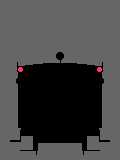
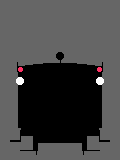
The signal was soon substituted by the subsequent version.
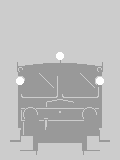
Headlights are used day and night. 2 headlights are permitted for vehicles not equipped with 3 headlights:
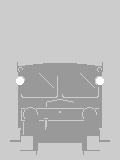
The corresponding tail signal is equivalent to no. 12.4.2 (day and night). It may be supplemented by white lights as necessary:

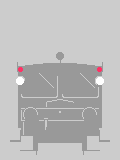
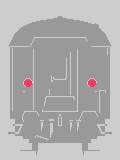
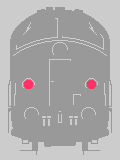

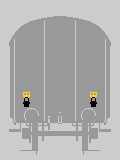
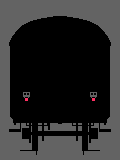
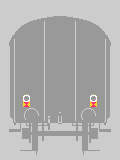
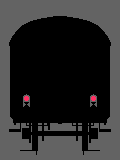
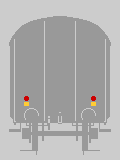
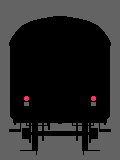
The 2 versions are equivalent, the second being most common today.
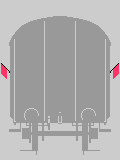
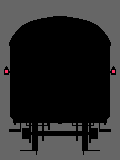
One ore more vehicles of a train are in a condition that does not allow for any movement (e.g. derailed or being repaired). Shunting near the vehicles requires caution.
The night signal was displayed in both directions.
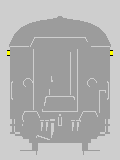
The vehicle is staffed. Shunting the vehicle requires caution.
The signal is displayed in all directions, often by 2 or more lamps along each side of the vehicle. This version of the signal is used by vehicles equipped with flashing signal lamps.
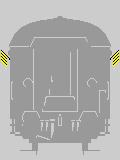
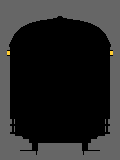
The vehicle is staffed. Shunting the vehicle requires caution.
The night signal is displayed in all directions. This version of the
signal is used by vehicles not equipped with flashing signal lamps.
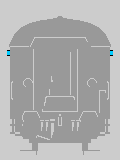
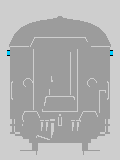
Loading of mail has ended; the train may continue.
The signal was displayed in all directions. The steady-light version
was used in 1980 only.
No. 90.4 "Extra Train or Work Train" (Danish: "Kendingssignal for særtog, arbejdstog og hjælpetog"): Equivalent to the previous no. 65.
No. 90.5 "Shunting Engine" (Danish: "Kendingssignal for rangerlokomotiver og rangertraktorer"): Equivalent to no. 12.2.
No. 90.6 "Work Vehicle" (Danish: "Kendingssignal for arbejdskøretøjer"): Equivalent to the original version of no. 12.3, however, lights were used day and night.
No. 91.5 "Special Tail Signal" (Danish: "Særligt slutsignal"): Equivalent to no. 12.4.2.
NB: The interpretation of "ordinary" and "special" was reversed, compared to the DSB interpretation of the period.
No. 92.2 "Vehicles May Be Moved With Caution" (Danish: "Ranger forsigtigt med vognen"): Equivalent to the previous no. 78.
![]()
![]()
Copyright © 2000 Henrik W Karlsson